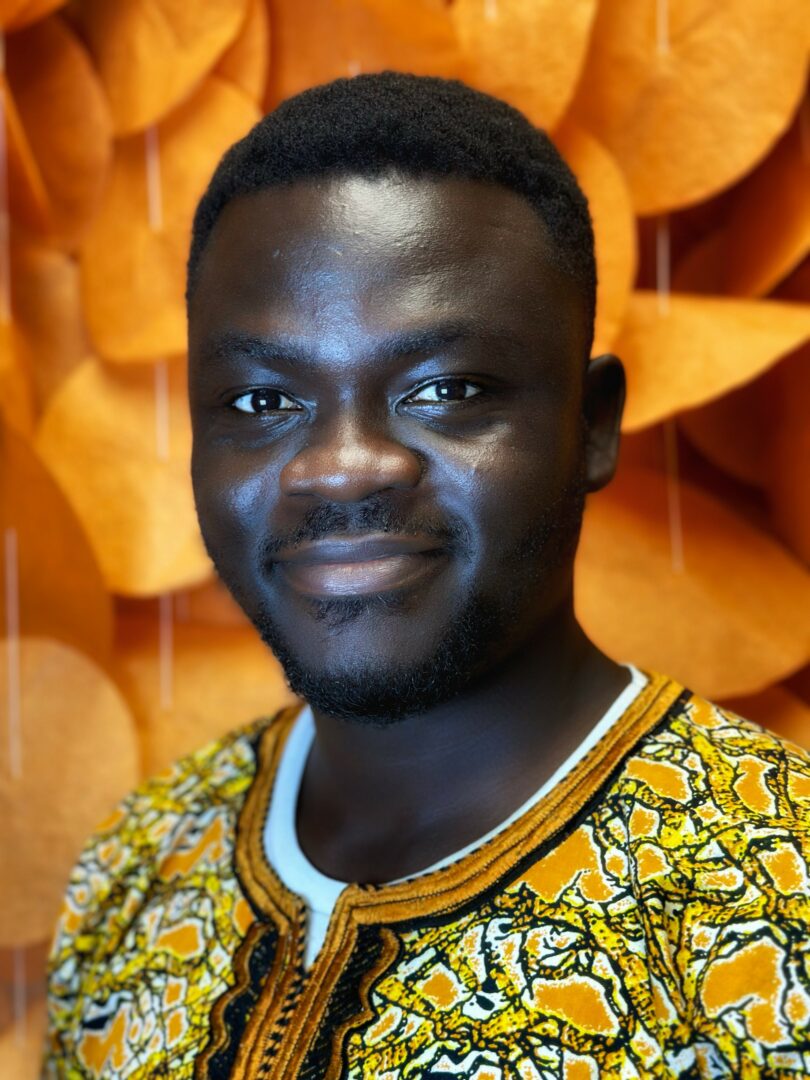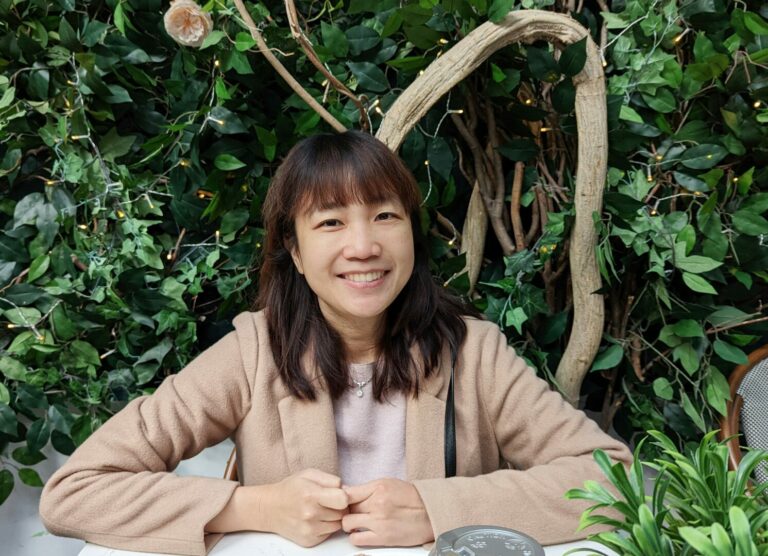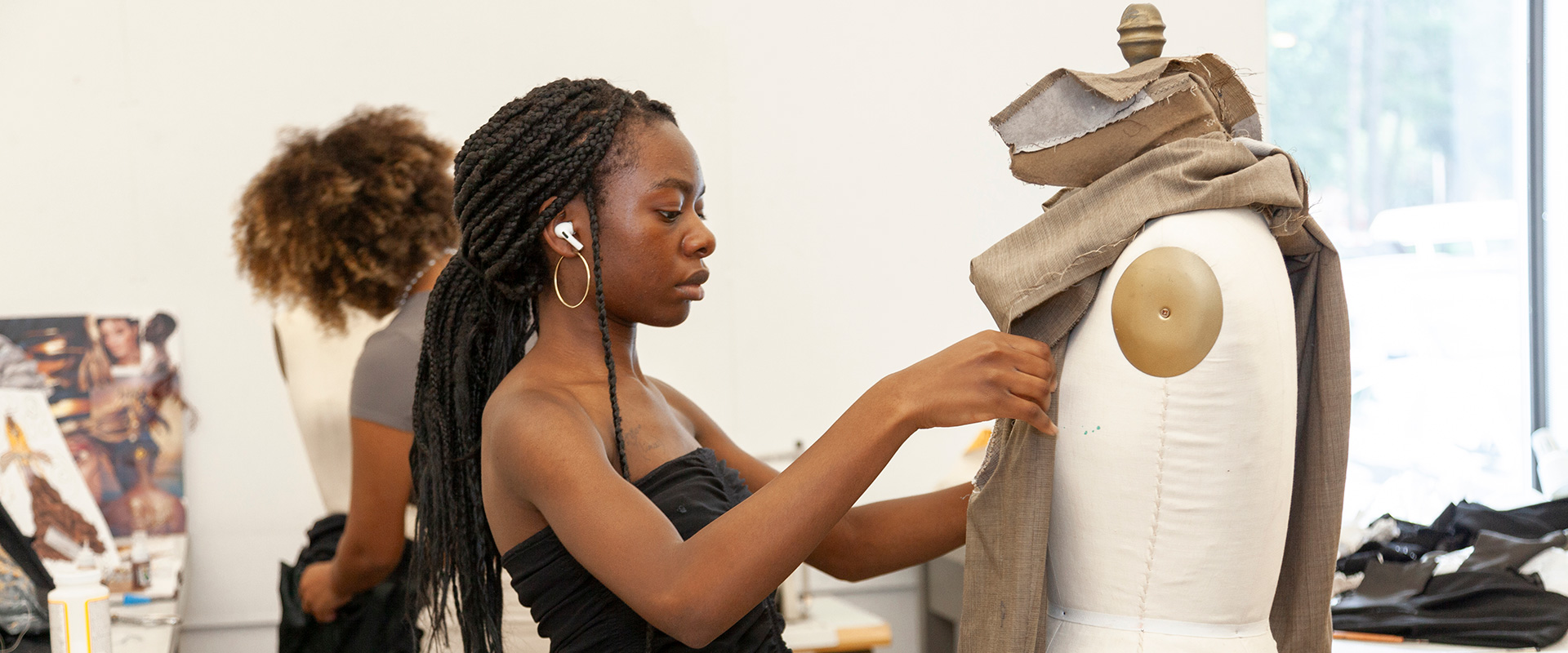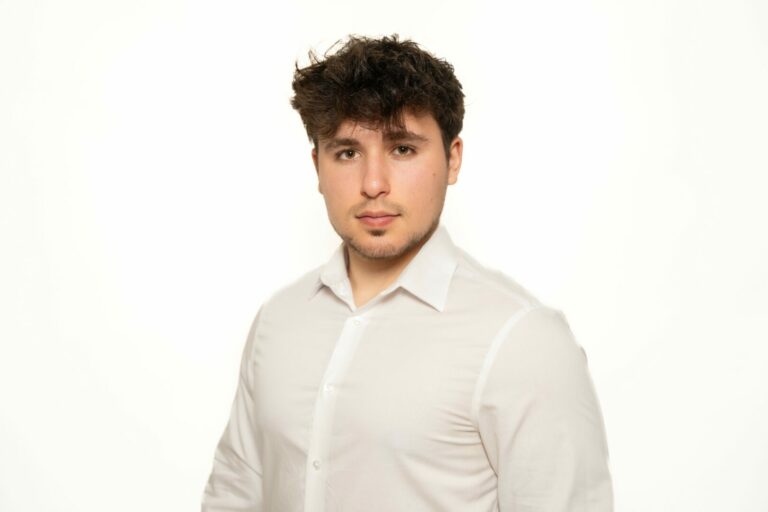Alright – so today we’ve got the honor of introducing you to Ebenezer Nketsiah Mensah. We think you’ll enjoy our conversation, we’ve shared it below.
Ebenezer Nketsiah, we’re thrilled to have you on our platform and we think there is so much folks can learn from you and your story. Something that matters deeply to us is living a life and leading a career filled with purpose and so let’s start by chatting about how you found your purpose.
I found my purpose in the dust and noise from construction and mining sites, in the sharp weight of a shovel, and the smell of metal mixed with sweat and heat. Working alongside men whose names you may never hear, but whose labor holds up whole cities.
Before I ever called myself an artist, I was a worker in gold mining (popularly called galamsey in Ghana) and construction, and these were real, back-breaking labor, which helped me save up for High School after the demise of my Father. My older brother and friends were all engaged in galamsey. I have seen what it means to carry the weight of survival, to use your hands not just to build, but to stay alive. Those experiences are not separate from my art practice, they are the foundation.
Through my MFA research, I began to understand that my purpose was not merely to create art, but to excavate meaning to recount stories hidden beneath dust, labor, and silence. My installations utilize found construction materials not as metaphors, but as evidence. I stage them, I perform with them, I preserve them, not because they’re beautiful, but because they embody the lives and struggles of people like me.
My purpose is to bring those stories into view. I want to remind others that labor is not invisible. Memory is not passive. Materials speak, and I’m here to help them speak louder.
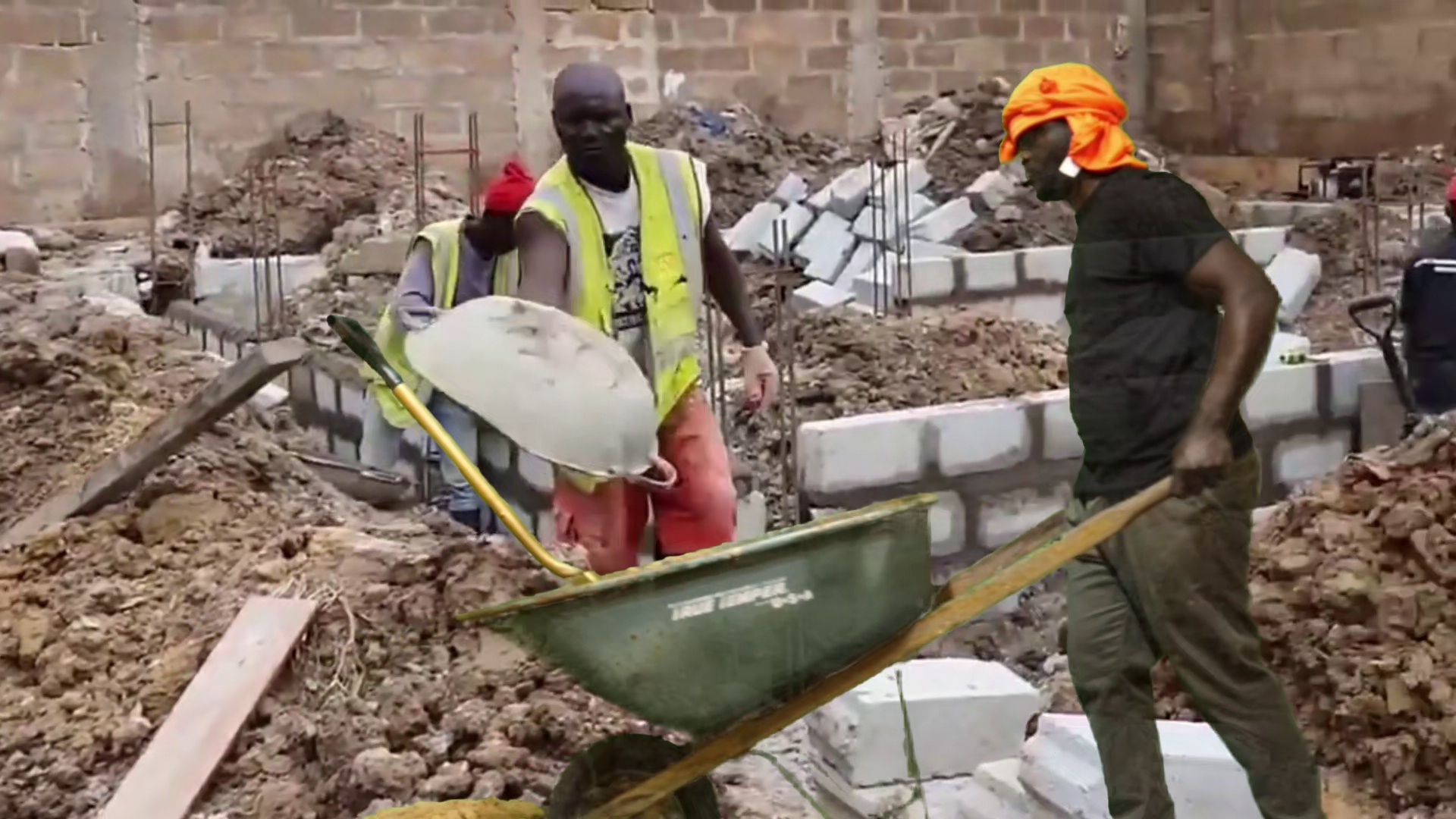
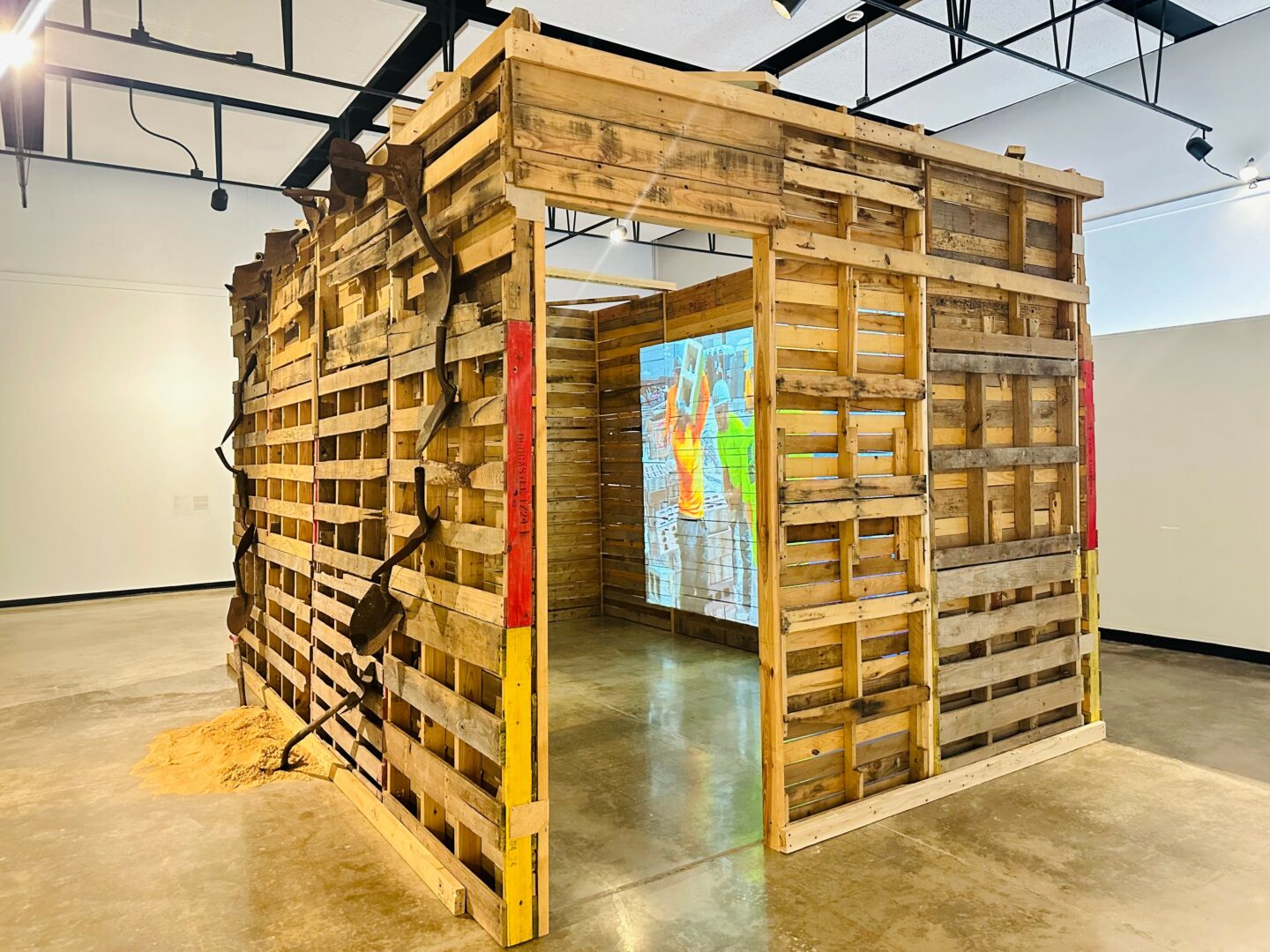
Thanks, so before we move on maybe you can share a bit more about yourself?
I am an artist whose work explores themes including labor, memory, and materiality, often realized through found objects, building materials, and personal or cultural histories. I am particularly drawn to discarded or overlooked materials, including gloves, pallets, helmets, bags, shovels, where I reappropriate them to make installations, paintings, assemblages, performances, and sculptural objects that carry both literal and metaphorical weight.
What excites me most is how art serves as a bridge between stories in some of the more interesting ways across continents, generations, and the daily lived experiences. It is also a form of archival work for me. The materials may seem dirty, rough, and utilitarian, but they hold profound histories of toil, struggle, migration, and grit. I see my practice as a tribute to those stories I sculpt and a challenge to systems of visibility, power, and erasure.
I recently completed my MFA thesis exhibition, Memory Excavation (Looking Beyond the Visible), for my MFA thesis show, which investigated the labor and emotional significance of building materials I gathered from locations in Ghana and Florida. It was at once an intensely personal, reflective project and one rooted in global histories of labor and power.
I am now working towards my forthcoming solo exhibition, Bridging Geographies of Labor, which will open at the Bradbury Art Museum in Jonesboro, Arkansas. This show is an extension of my work. It serves to draw parallels between labor economies in Ghana and the U.S., as well as the opportunity to exalt the visceral and emotional price tags on working-class lives rendered continents apart.
My work exists at the intersection of art and advocacy. It transcends mere objects, this is about people and memory. In my installations and performances, I strive to envision spaces that embody complexity and labor while challenging our perceptions of what should be remembered and forgotten.
I appreciate every opportunity to share this work because it is anchored in community, family, and lived experience.
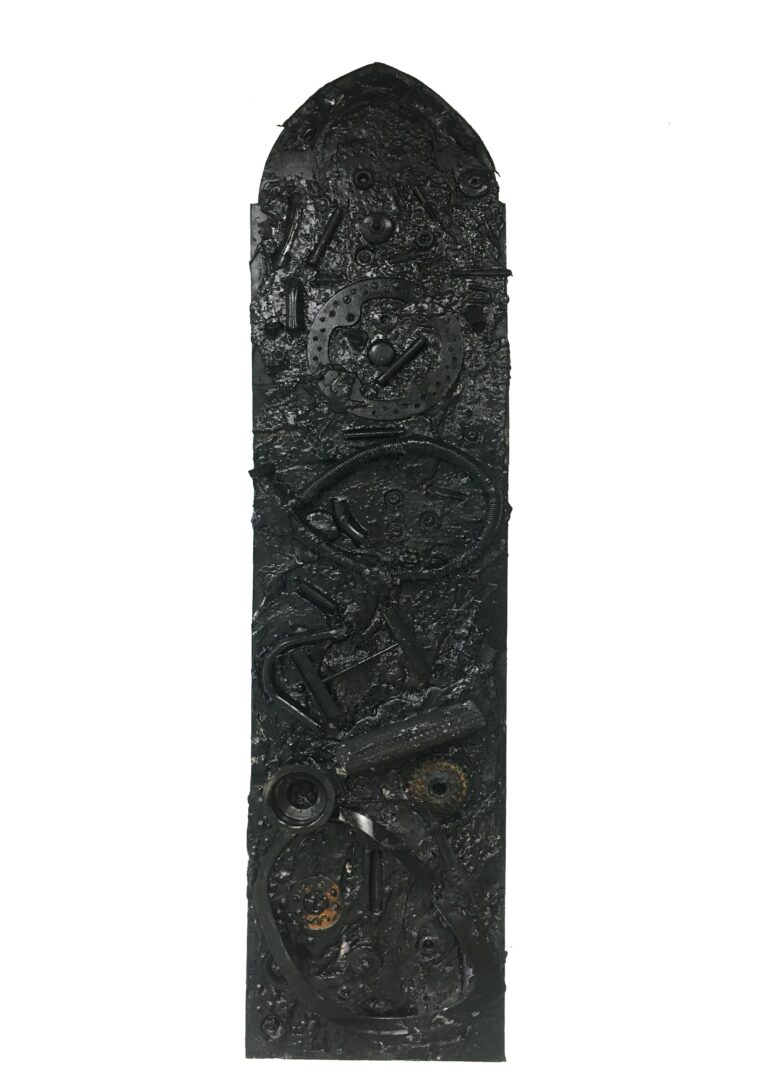
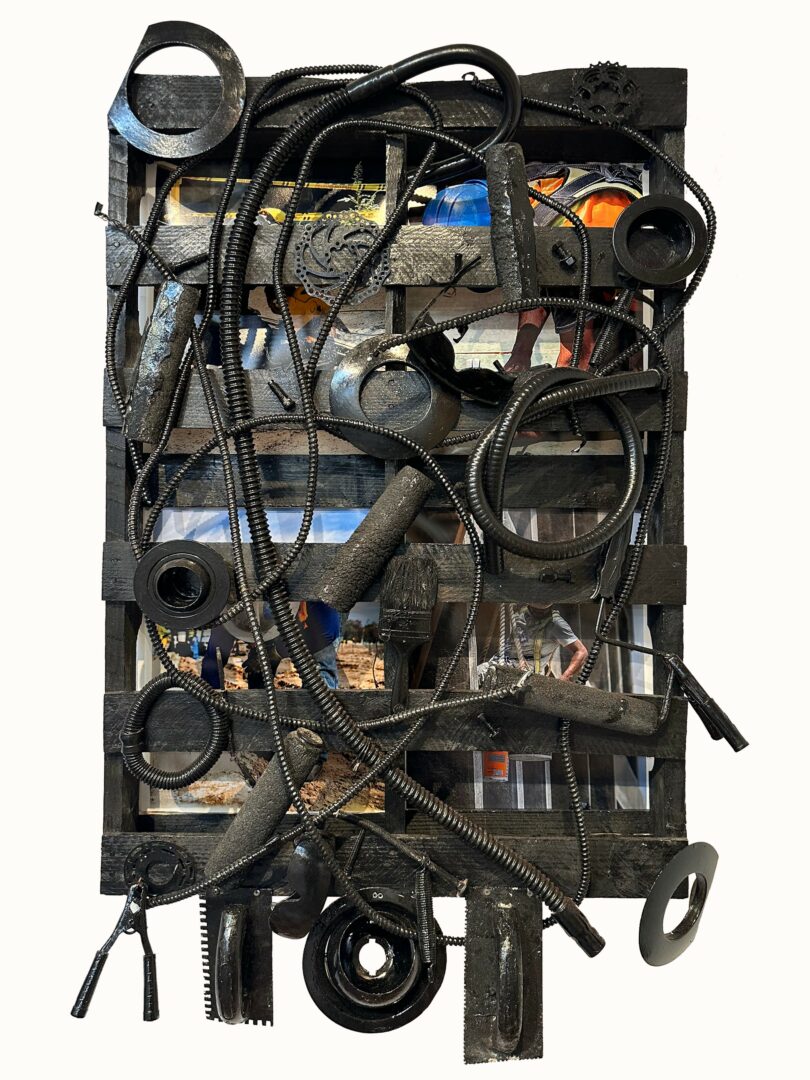
There is so much advice out there about all the different skills and qualities folks need to develop in order to succeed in today’s highly competitive environment and often it can feel overwhelming. So, if we had to break it down to just the three that matter most, which three skills or qualities would you focus on?
The three things that have had the most impact on my career are: Resilience. Material sensitivity and
Resilience originated in my years of physical labor, construction, and mining. It taught me how to work through it.
Material sensitivity developed from handling raw, discarded objects and understanding their emotional and historical weight.
Research-driven thinking that comes with research, that’s what lets me put my personal experiences into a larger narrative about work, migration, and memory.
My advice: Be consistent, go deeper into your materials, and always remain curious. These habits form a firm, organic base.
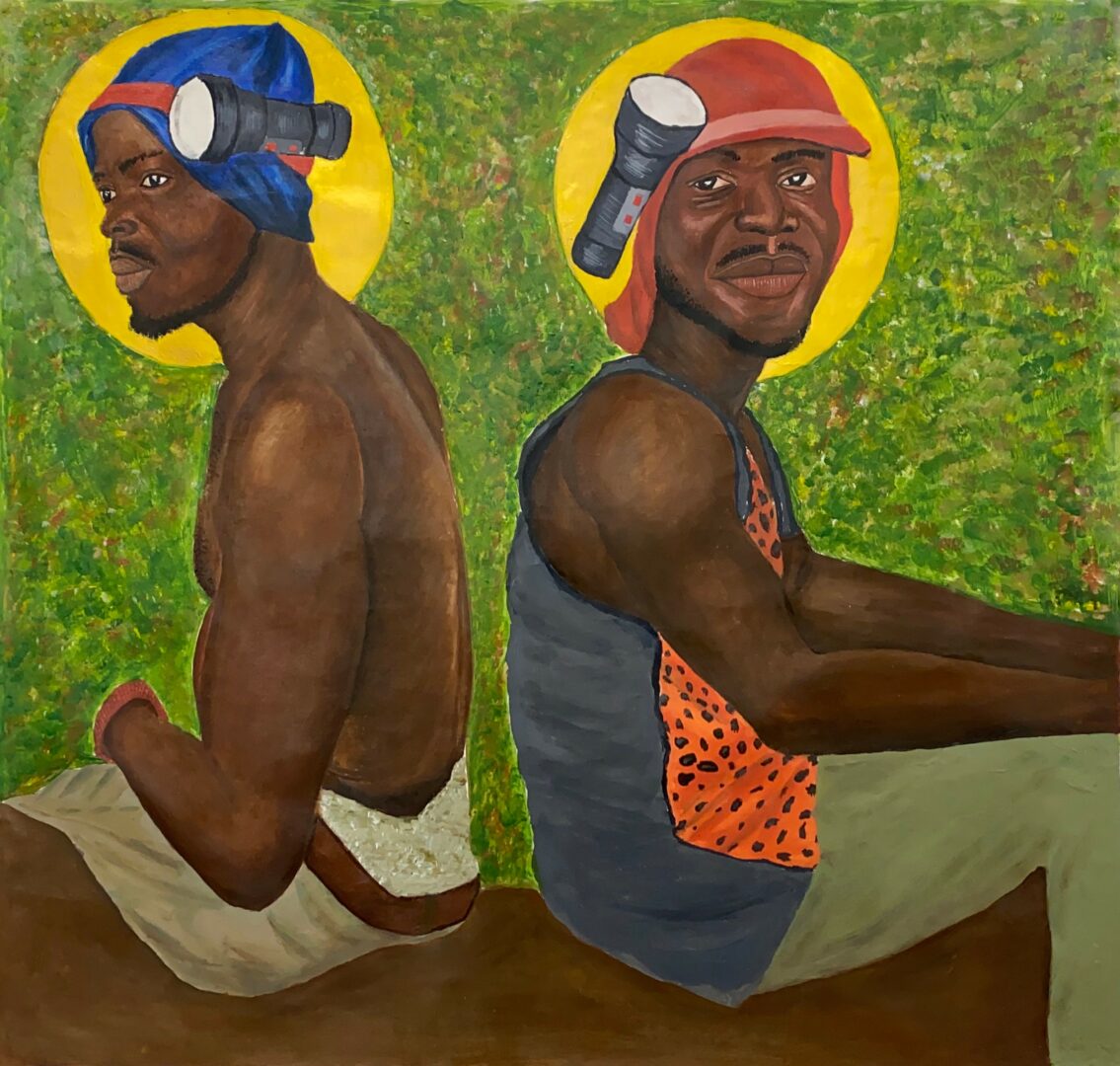
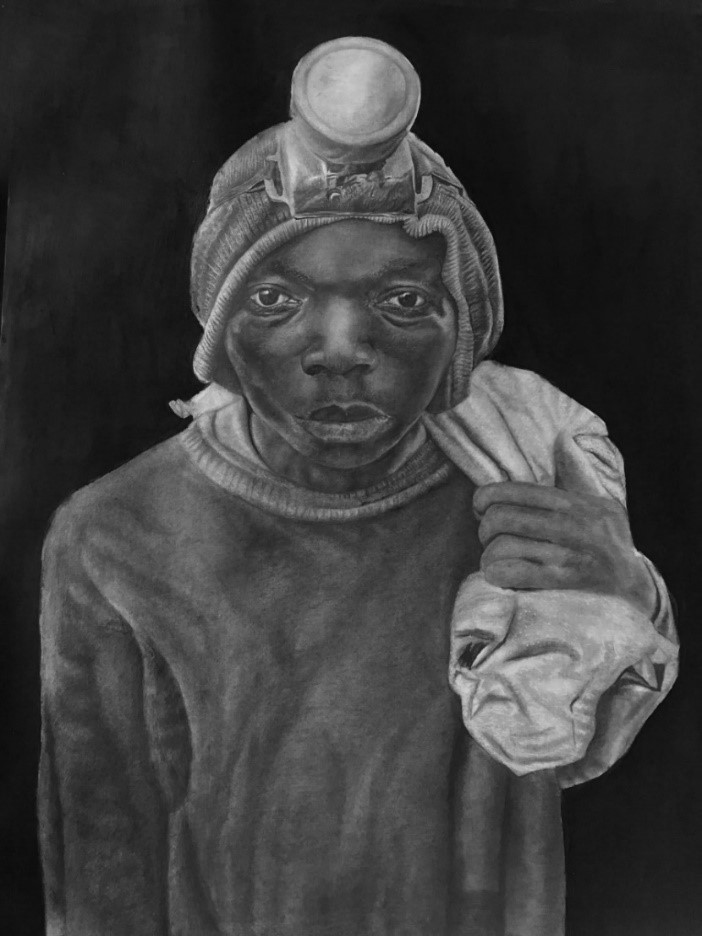
Looking back over the past 12 months or so, what do you think has been your biggest area of improvement or growth?
The area I have grown the most over the last 12 months has been figuring out how to translate my studio-based practice into a broader professional context. Once I graduated with my MFA in Studio Art, I had to navigate what it means to have an art practice outside an academic setting, arrange solo shows, understand how to apply for residencies, and collaborate with institutions. I have also had opportunities to share my work publicly, advocate for myself, and balance creativity with the logistics of the art world. That has resulted in increased exposure and greater confidence in the impact of my practice.
Contact Info:
- Website: https://www.ebenezernmensah.com/
- Instagram: https://www.instagram.com/ebenezer.n.mensah/
- Linkedin: https://www.linkedin.com/in/ebenezer-nketsiah-mensah-2188bb78/
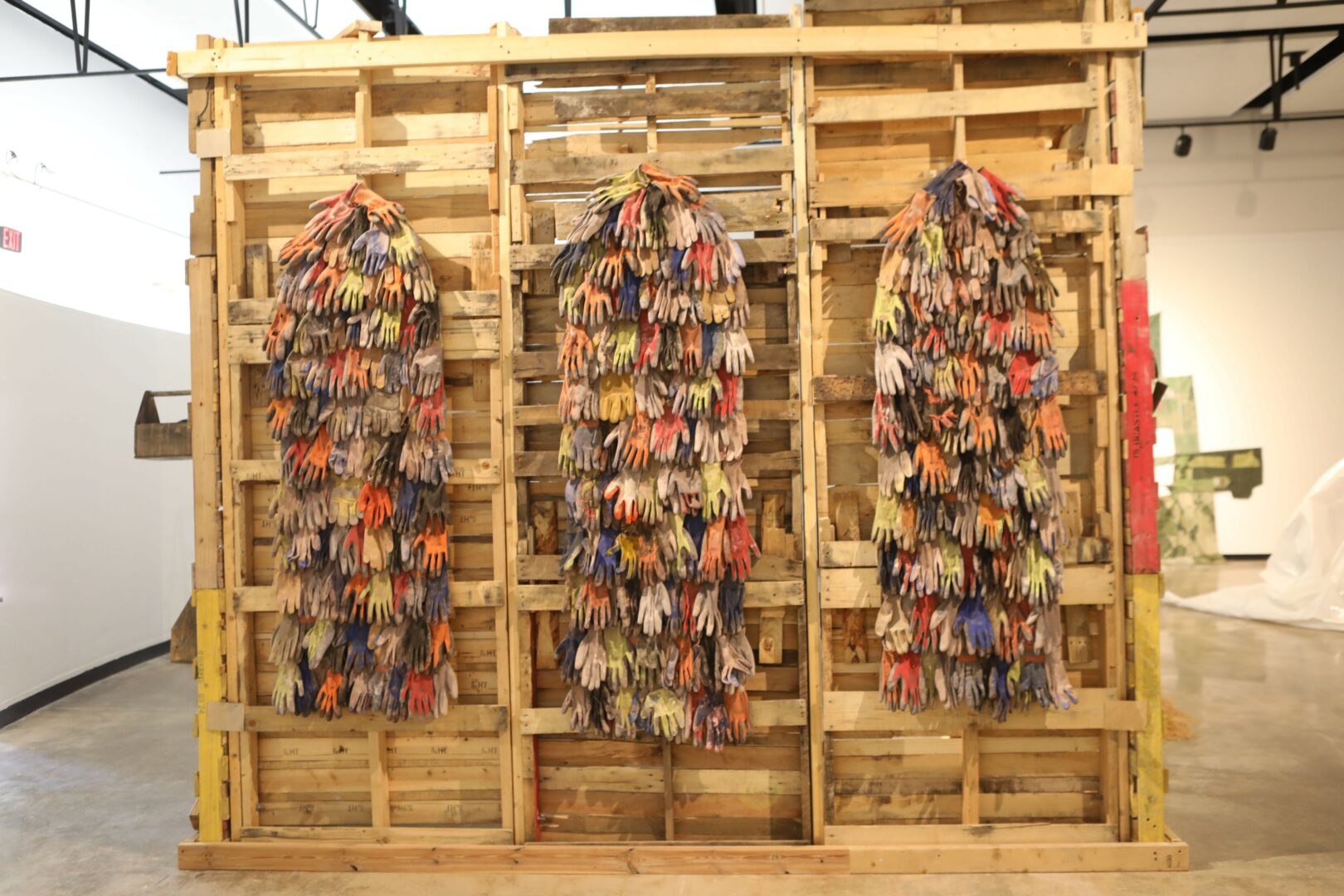
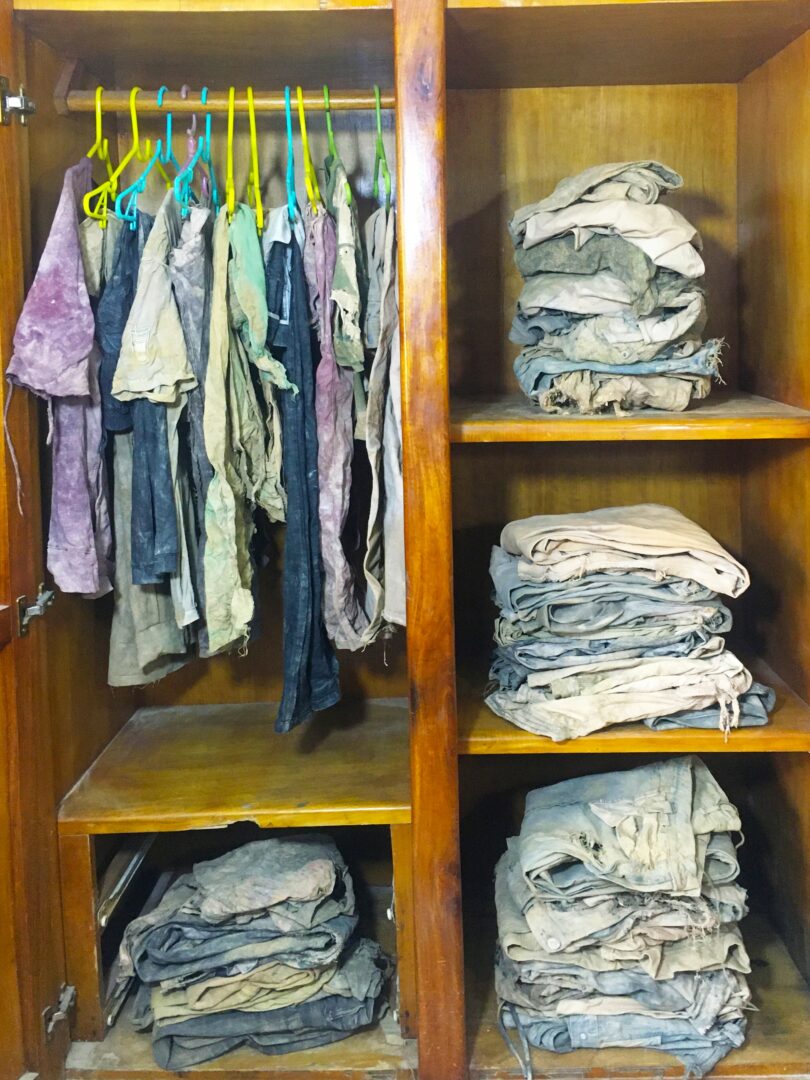
Image Credits
Ebenezer Nketsiah Mensah
so if you or someone you know deserves recognition please let us know here.

